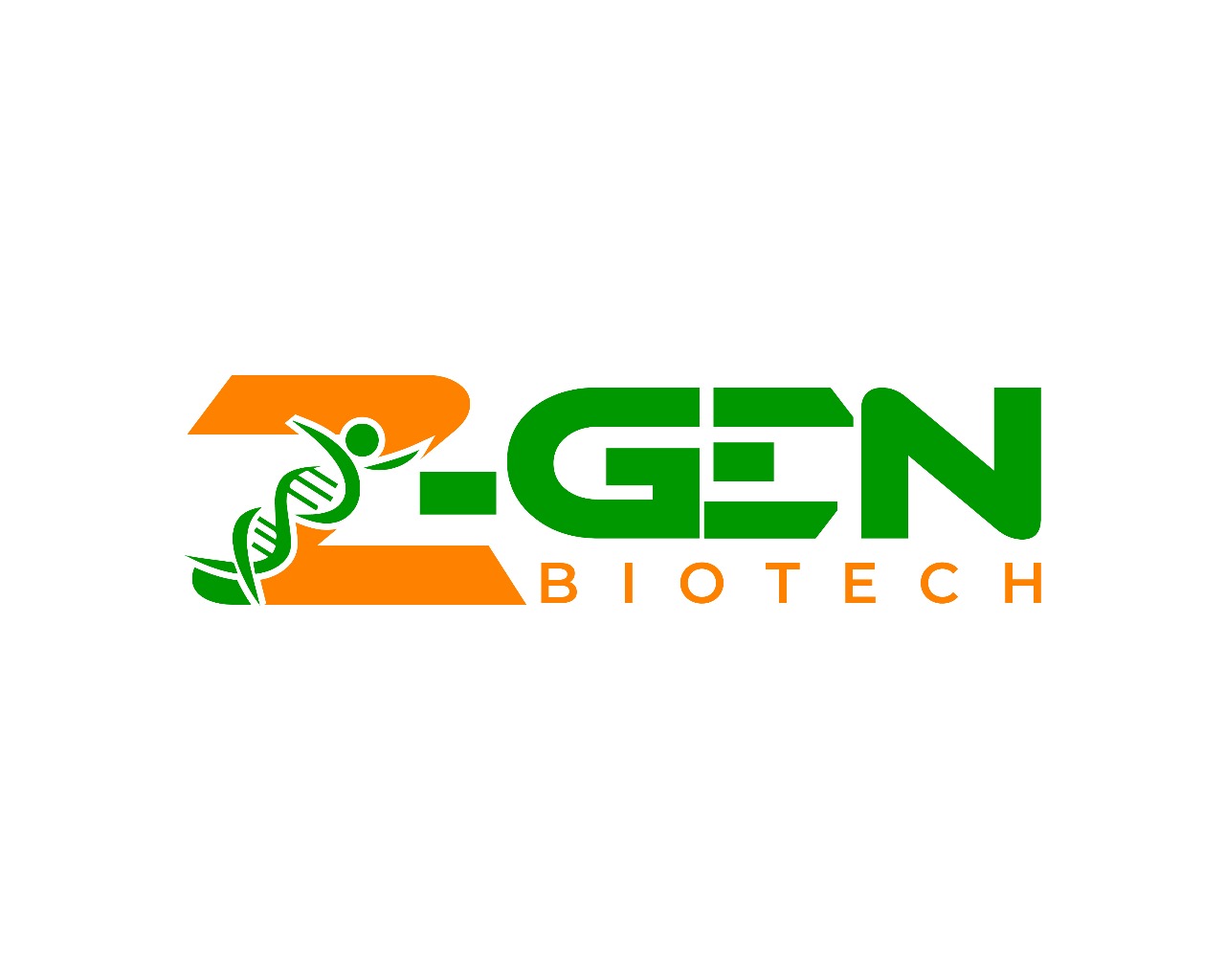Sterilization monitoring Agents
Sterilization monitoring agents are essential for ensuring the effectiveness of sterilization processes in healthcare, laboratory, and industrial settings. These agents help verify that sterilization methods, such as autoclaving, chemical vapor, or dry heat, meet safety and compliance standards. Here’s an overview of sterilization monitoring agents:
1. Types of Sterilization Monitoring Agents
Sterilization monitoring typically involves three main types of indicators:
a. Biological Indicators (BIs)
- Contain highly resistant microorganisms (e.g., Geobacillus stearothermophilus, Bacillus atrophaeus).
- Verify the sterilization process’s ability to kill microbial life.
- Usage:
- Placed inside sterilizer loads to validate microbial kill.
- After sterilization, incubated to check for growth (failure indicates incomplete sterilization).
- Common Forms:
- Spore strips.
- Self-contained vials (with growth media and spores).
b. Chemical Indicators (CIs)
- Use color or physical changes to confirm exposure to sterilizing agents like steam, ethylene oxide, or plasma.
- Types (Based on ISO Standards):
- Class 1 (Process Indicators): Indicate exposure to sterilization (e.g., tape with color change).
- Class 2 (Specific Tests): Validate specific sterilizer conditions (e.g., Bowie-Dick test for steam penetration).
- Class 3-6: Provide increasing levels of monitoring detail (e.g., multi-variable indicators).
c. Physical Indicators
- Measure sterilizer parameters such as temperature, pressure, and time.
- Common tools include:
- Thermocouples.
- Pressure gauges.
- Automated data loggers.
2. Common Sterilization Monitoring Products
a. Steam Sterilization (Autoclaves)
- Biological Indicators:
- Geobacillus stearothermophilus spore strips.
- Self-contained vials with steam-sensitive spores.
- Chemical Indicators:
- Autoclave tape (color-changing adhesive tape).
- Bowie-Dick test packs for vacuum steam sterilizers.
b. Ethylene Oxide (EO) Sterilization
- Biological Indicators:
- Bacillus atrophaeus spore strips or self-contained vials.
- Chemical Indicators:
- EO-specific indicator strips or tags.
c. Dry Heat Sterilization
- Biological Indicators:
- Bacillus atrophaeus spores.
- Chemical Indicators:
- Temperature-sensitive color-changing labels.
d. Chemical Vapor (Plasma Sterilization)
- Biological Indicators:
- Geobacillus stearothermophilus for hydrogen peroxide or peracetic acid sterilization.
- Chemical Indicators:
- Plasma-specific indicator strips or chemical integrators.
3. Monitoring Protocols
- Routine Testing
- Regularly include biological and chemical indicators in sterilization cycles.
- Record and review physical sterilization parameters.
- Load Monitoring
- Place indicators within the densest part of the load to confirm effective penetration of the sterilizing agent.
- Sterilizer Qualification
- Perform comprehensive testing after installation, repair, or relocation of sterilizers.
4. Popular Brands and Suppliers
- 3M: Offers Attest biological indicators, chemical indicators, and integrators.
- Steris: Comprehensive range of sterilization monitoring solutions, including spore tests.
- Mesa Labs: Specialized in spore strips and biological indicator vials.
- Getinge: Monitoring products for healthcare and pharmaceutical sterilization.
- Tuttnauer: Offers monitoring tools for steam and dry heat sterilization.
5. Key Considerations
- Regulatory Compliance: Ensure the indicators meet ISO 11138 (BIs) and ISO 11140 (CIs) standards.
- Storage: Follow manufacturer guidelines for proper storage to maintain indicator effectiveness.
- Frequency: Perform monitoring according to institutional protocols and regulatory requirements.

